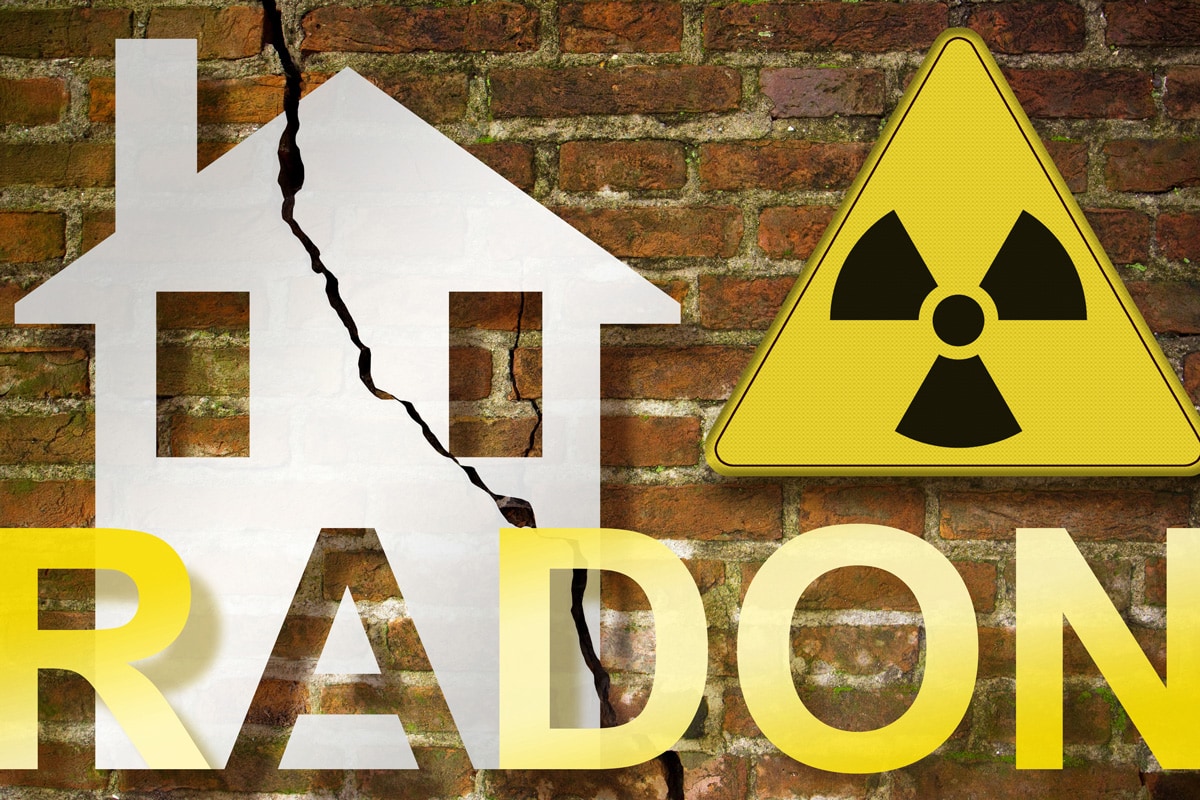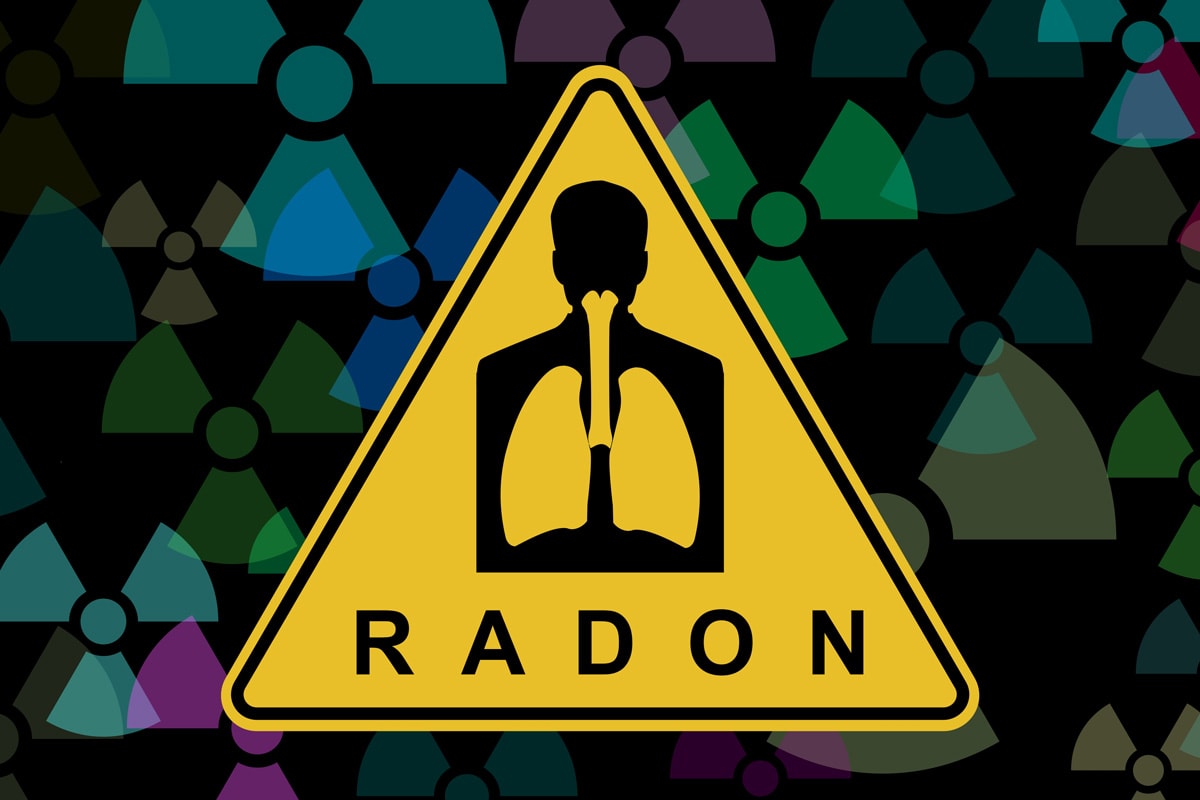High levels of harmful gases cause severe health problems in the home. Radon is one very common indoor inert gas that most people should not ignore. As a result, most homeowners will spend money on an expensive filter just to get rid of viruses or toxic gases. We researched how effectively they remove the highly toxic radon from the air.
A HEPA filter, also known as a High-Efficiency Particulate Air filter, may remove considerable amounts of particulate matter from the air, such as mold spores, bacteria, and viruses. However, they are unable to eliminate radon.
Keep reading as we discuss this radon gas and whether HEPA and activated carbon can help eliminate this toxic gas. We'll also cover how to reduce, detect, or test the radon gas level in your home. As well as what the symptoms of radon poisoning are.
![Vacum cleaner hepa 13 filter XXXL , Do Hepa Filters Remove Radon? [A Guide For Homeowners]](https://hvacseer.com/wp-content/uploads/2022/10/33.-Do-Hepa-Filters-Remove-Radon-A-Guide-For-Homeowners.jpg)
What Is Radon Gas?

Radon is a radioactive gas that occurs in nature. It is formed when thorium, uranium, and radium degrade in rock, soil, and water. Radon cannot be seen, smelled, or tasted, but it could be present in your home at a dangerous level.
Radon is emitted from the ground and enters the atmosphere, where it decays and produces more radioactive particles.
These particles are deposited on the cells lining the airways as we breathe, where they can cause DNA damage and plausibly cause lung cancer.
Do HEPA Filters Help Eliminate Radon From The Air?

Gas cannot be removed from the air by a HEPA filter because this can only remove particulates from the air.
A HEPA filter can help to reduce the amount of radon progeny in the air by removing particulates to which the radon progeny are attached.
It has no effect on the concentration of radon gas, so radon progeny will continue to be produced in the ambient air.
This is complicated because radon can become trapped and accumulate in higher concentrations once it enters a home.
As a result, proper ventilation and air sealing are two of the most effective ways to lower radon levels in a home.
Does Activated Carbon Remove Radon From The Air?

Activated carbon is highly effective at absorbing chemical impurities in the air. It can also reduce radon levels but will not completely eliminate them.
Since activated carbon and charcoal have a slight electro-positive charge, they attract negatively charged particles and chemicals. Radon and other contaminants are mostly removed by activated carbon through absorption and catalytic reduction.
How Does Radon Get Into Your Home?

Radon gas enters one's home through a suction-like process.
The air pressure within your home usually is lower than the pressure in the ground beneath and surrounding your house foundation.
This pressure difference acts as a vacuum, sucking radon from the ground and carrying it upward into the living space through foundation cracks and gaps.
The gas is stuck inside your home and can accumulate dangerously high levels.
What Are Radon Reduction Methods?

The effective way to lower radon levels in your home varies based on the type of house. Here is a list of the most commonly used methods:
Install An Active Radon Sump
Installing an active radon sump is the most effective and widely utilized method of minimizing radon flow into your house.
A simple electric fan in the pipeline pulls radon-rich air from beneath the floor slab and vents it to the outside before it is brought into your house.
Install A Passive Sump
A passive sump can lower radon levels. A passive sump is a sump system that does not require the use of a fan. Instead, wind movement over the top of the sump pipe draws radon up through the use of the sump system.
Indoor Ventilation
Installing wall vents or window trickle vents is one of the simplest ways to dilute moderate radon levels. This can help to lower radon levels in your home.
Increased ventilation should be installed only on the ground floor because more ventilation on upper levels may enhance radon migration from the ground into your house.
Underfloor Ventilation
Improve sub-floor ventilation if your home has a suspended floor to lower radon levels.
Replacing or clearing existing subfloor vents and installing new vents or airbricks will enhance airflow beneath the floor and lower the amount of radon entering your house. When more subfloor ventilation is required, a fan can be placed.
How To Test For Radon Gas In Your Home?

Conduct the test in the lowest habitable part of your home that is often utilized. An experienced inspector will know exactly where to install the radon detector for the best results and will evaluate the rest of your home for trouble areas where radon can leak in.
Continuous Radon Tests
Continuous Radon Tests are performed using instruments that measure radon levels throughout time. This device will be connected to a regular electrical socket.
Over 48 hours, the device will monitor radon levels while decreasing or removing interference or "measurement noise," which can lead to erroneous readings. After 48 hours, the inspector retrieves the device and produces a report based on the measures gathered by this advanced device.
Short-Term Radon Test Kit
Although home radon test kits appear to be a simple alternative, they are not as accurate as professional radon testing.
Most are activated charcoal or electret ions that monitor radon levels for 2 to 7 days. You send the tests to a lab for analysis. Short-term testing can be purchased from home improvement stores, hardware stores, and online sellers.
Click to see this product on Amazon.
Long-Term Radon Tests
Long-term testing collects data for 90 days to a year. These tests are based on the tracking of alpha particles.
This is a more accurate measure of typical yearly levels in your house, which can fluctuate significantly from day to day and month to month due to variables such as low air pressure, strong winds, snow cover, and changing soil moisture, which traps radon gases.
Click to see this product on Amazon.
Radon Warning Signs You Should Never Ignore

Radon gas is invisible, odorless, and tasteless. Even if you are breathing in a high amount of radon, there are no evident indicators.
Instead, long-term radon exposure puts you in danger of getting lung cancer, and these symptoms are typically referred to as signs of radon poisoning. If you smoke, you are at a much higher risk.
Breathing Problems
Radon is the primary cause of lung cancer among nonsmokers and the second largest cause in the general population.
It should come as no surprise that respiratory issues are one of the most common symptoms of radon exposure. This might show as repeated attacks of bronchitis or pneumonia, especially if you were previously resilient to them.
The greater your radon exposure, the more serious your symptoms will become.
Loss of Muscle Mass
Aside from your respiratory system, radon can have an effect on other parts of your body.
Another typical indication of radon exposure is a loss of muscular mass. You may realize that formerly simple chores are becoming increasingly complicated. You'll also feel tired when undertaking everyday tasks like walking.
Weight loss and anemia are two more signs of muscle mass reduction.
Raspy Voice
If you have been exposed to radon, you may notice that your voice is changing. Your voice could become harsh or raspy.
This generally only happens to those who have been smoking for a long time or have some underlying health issue.
If you feel your voice becoming more raspy than usual and it does not go away, consult your doctor and arrange for a radon test in your house.
Chest Pain
You are aware that radon exposure can cause respiratory problems. You might even notice that you are suffering from chronic chest discomfort.
Never disregard chest pain. If you have this symptom, go to the doctor.
Detecting radon contamination is not usually simple. You may not even realize you've been exposed until you've been exposed for an extended period. It is critical to be proactive and have a professional evaluate your home, especially if you live on a lower floor or have a basement.
Conclusion
Radon is a widespread concern regarding indoor air quality and your health. This is also difficult to eradicate and detect. So do radon tests on your house regularly to verify that it is free of any dangerous gas.
If radon gas is identified in your house, seal the foundation and any gaps or holes through which the radon gas can enter.
If you enjoy this topic, you can check this other article for more information:
Reduce Radon Fan Noise – How To Soundproof A Noisy Fan
Water In Basement After Radon Mitigation – Why And What To Do?


